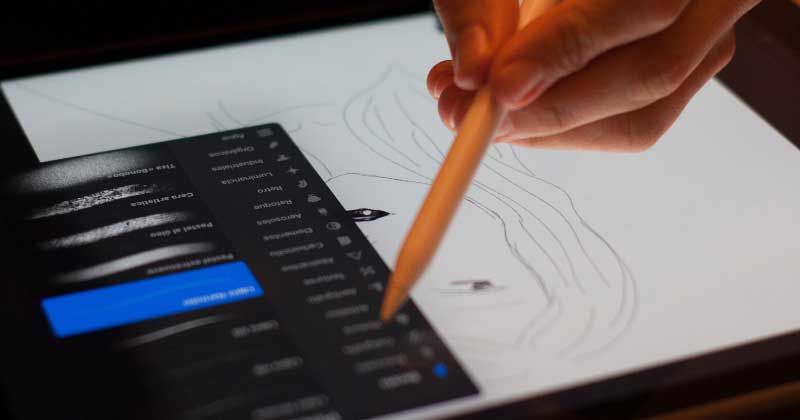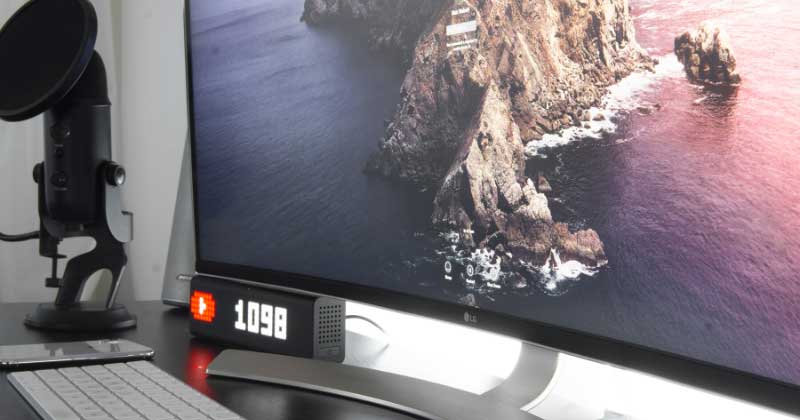
Graphic Design VS Illustration: What’s The Difference?
“This world is but a canvas to our imagination.”
Henry David Thoreau
It’s often said that beauty is in the eye of the beholder, and when it comes to digital marketing, little else resounds as clearly as this saying. The internet is predominantly visual, as testified by the popularity of social media platforms like Instagram and TikTok. Websites are visually curated as well, and the industry for web and graphic design continues to grow exponentially by the day.
If you’ve ever talked with digital visual arts enthusiasts, you’ll have taken part in at least one conversation regarding whether or not graphic design and illustration are one and the same. The debate on the topic is as varied as it’s heated, with no signs of slowing down – which side has the right of it, and which side has it sideways?
The exciting answer is that both of them are wrong and correct, and we’re delving into the answer in today’s article.
WHAT ARE THEY?
Illustrations are, in essence, a visual representation of an idea. They can be informative, evocative, or decorative, and they come in many forms. Their medium of production is varied, but they’re typically delineated as traditional or digital, as well as some crossover between the two.
Meanwhile, graphic design is the art and profession of communicating a specific message using visual elements. In this way do the two overlap, as an illustration can also be graphically designed, and graphic designs can be illustrated.
If it were that simple, though, there wouldn’t be debates about it.
WHERE THE CONFUSION LIES
The confusion between the two lies primarily in the use of the word graphics. Illustrations are a type of graphic, which lends to the idea that illustrations are also graphic design. While it’s true there’s an overlap between the two, conflating graphic design with illustration is misleading.
For one thing, illustrations don’t strictly conform to the structure of graphic design.
Graphic design is structured as such: it has a core message (the subject), supporting elements, and embellishments (or lack thereof). In some cases, graphic design does away with supporting elements and embellishments entirely (a graphic design practice that mirrors minimalist movements in art such as brutalism, lending further to the overlap and confusion).
Illustrations aren’t so rigidly structured. In fact, in traditional arenas, there are no rules to abide; famous illustrators such as Andy Warhol and Pablo Picasso have deconstructed the “traditional” rules of form in the course of their careers. An illustration can be as jam-packed with details (Alex Kuno, James Jean, Audrey Kawasaki, Sachin Teng) or absent of them (Frank Stella, Yayoi Kusama, Jiro Yoshihara) – chaos is as welcomed in the realm of illustration as it is avoided in graphic design.
FORM VS FUNCTION
At the heart of it, the debate on graphic design and illustration comes down to form and function. Illustration focuses on the former, and graphic design thrives on the latter. Think of it like this: a drawing of a flower can be interpreted as anything at all, while a marketing poster featuring a flower sends a clear message about how the flower relates to the overall image presented.
Graphic design, then, values function first. It has a goal. It aims to communicate a specific message, using elements as varied as type, shapes, or color. Graphic design is created for the viewer.
Illustration, on the other hand, focuses on form – on presenting an idea as conceived by the creator for the creator; viewers are just along for the ride.
IN SUMMARY
Overlap between the two cannot be avoided, due to the nature of the media over which they operate within. However, a rule of thumb can be established, to at least narrow down the differences between the two. Graphic design is the expression of targeted and specific messages, while illustrations are the expression of evocative or decorative ideas.
This doesn’t resolve the debate, and far be it from us to attempt to settle it – but with these bits of information, you’ll be able to add color to the conversation when it comes up, as well as have a deeper understanding of how the two differ.
Was this article informative? Are you curious for more articles like this one? Let us know in the comments!




